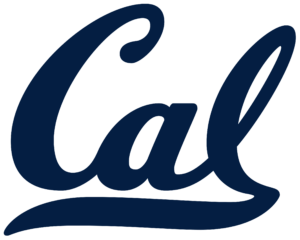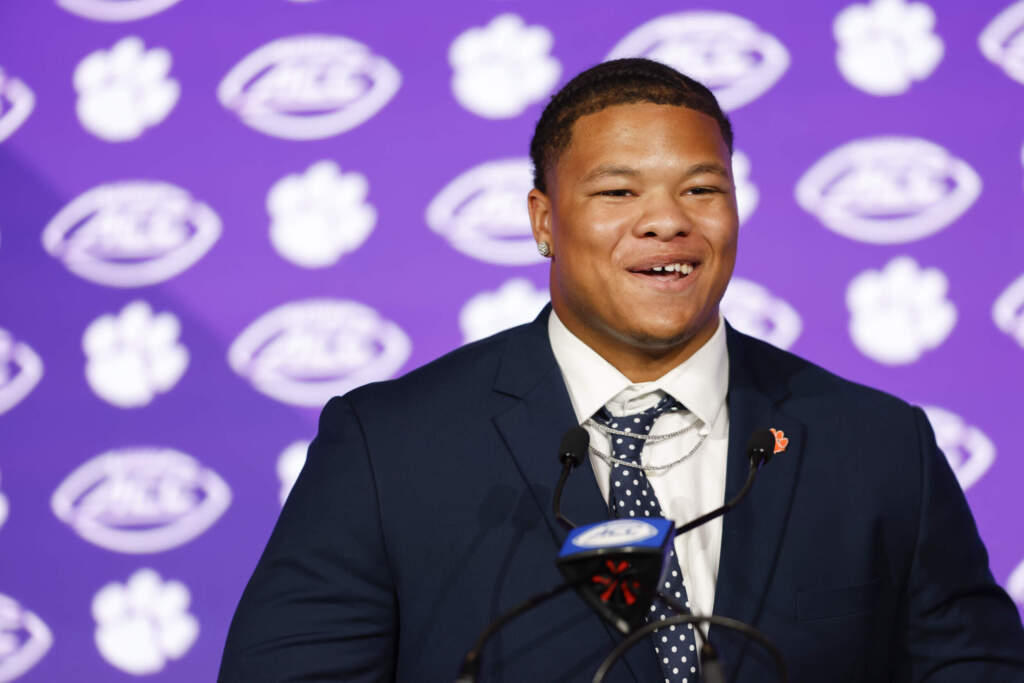Nov. 14, 2006
Over the last few weeks there have been several national articles written on tax exemptions available to individuals and/or businesses that contribute to intercollegiate athletics. These articles are an outgrowth to the House of Representatives Ways & Means Committee hearings that put at issue “whether intercollegiate athletics are an integral part of higher education”?
The articles which I’ve read point to what they believe as excessiveness in coaches’ compensation, facilities, academics, travel, etc. – primarily, in the revenue producing sports, e.g. football and basketball. I admit these are areas that render some vulnerability in the debate. However, it is upon these sports that all other sports must depend for their operations, facilities, and scholarship budgets.
Nonetheless, that begs the question of “whether intercollegiate athletics is integral in higher education”? College athletics has and continues to provide tremendous opportunity for meaningful access to young people for a college education as well as further development of their special talents.
That in and of itself should be enough. However, beyond that, athletics has been a great vehicle for social change in our nation. African Americans and women have significant opportunities that historically were denied. Without athletics, where would these opportunities come from? And, how would the opportunities be financed?
In major programs, football and men’s basketball are the primary drivers of revenue for the total sports program. Sure, as with any enterprise, you can always carve out areas to make the enterprise suspect. However, the appropriate issue is the net result. That is, are revenues being generated that financially support opportunities for all men and women in the program? In the vast majority of BCS programs, that is the case.
Because of the public’s interest in these sports, athletic programs have adapted – whether it be tickets, parking, amenity seating, etc. in order to maintain and grow the public interest in order to enhance financial resources for the total sports program, not just football and men’s basketball. Individuals enjoy supporting quality competition offered by their universities. Quality competition requires that investments be made in scholarships, staff, and facilities.
I would argue that these investments make a significant impact each year on the lives of hundreds of thousands of young people that otherwise wouldn’t have the opportunities.
Yes, college athletics is integral to higher education.
In Solid Orange, Terry Don Phillips Athletic Director
 Syracuse
Syracuse 
 Virginia
Virginia  Florida State
Florida State  Wake Forest
Wake Forest  Miami (Fla.)
Miami (Fla.)  Alabama
Alabama  Tennessee
Tennessee  Charlotte
Charlotte  USC Upstate
USC Upstate  Ohio State
Ohio State  Georgia State`
Georgia State`  Ohio University
Ohio University  Virginia Tech
Virginia Tech  Indiana
Indiana  Tiger Classic
Tiger Classic  South Carolina
South Carolina  South Carolina
South Carolina  Campbell
Campbell  UAB
UAB  East Tennessee State
East Tennessee State  LSU
LSU  South Carolina
South Carolina  App State
App State  North Carolina A&T
North Carolina A&T  Charlotte
Charlotte  Pittsburgh
Pittsburgh  Troy
Troy  Georgia
Georgia  Cougar Classic
Cougar Classic  Georgia
Georgia  VCU
VCU  Stanford
Stanford  Elon
Elon  USC Upstate
USC Upstate  Georgia Tech
Georgia Tech  Wofford
Wofford  SMU
SMU  California
California  Queens
Queens  Georgetown
Georgetown  Norfolk State
Norfolk State  Louisville
Louisville  Charleston Southern
Charleston Southern  Mason Rudolph Championship
Mason Rudolph Championship 





